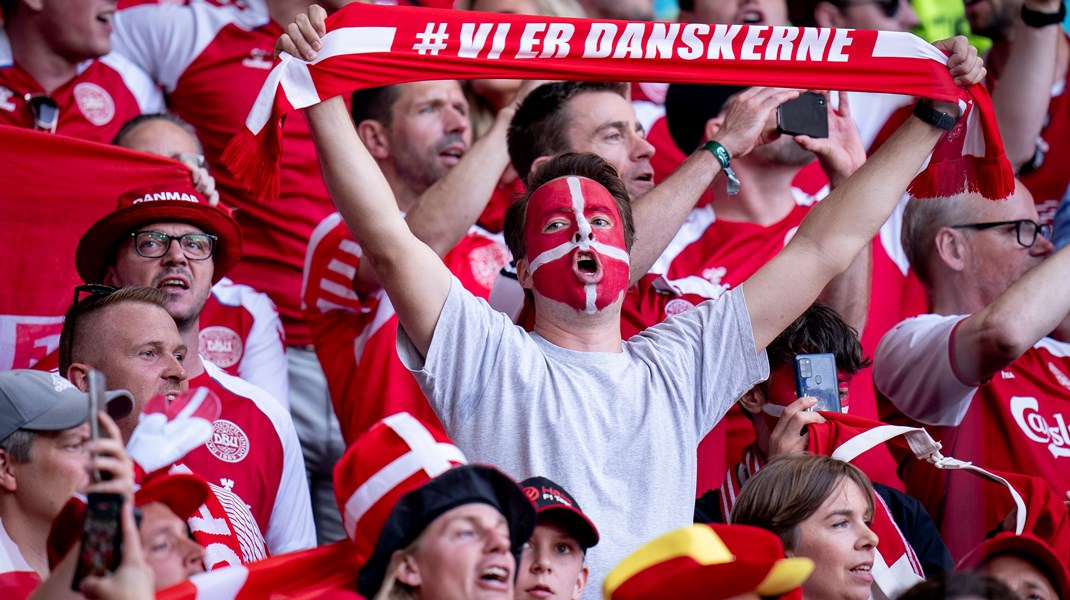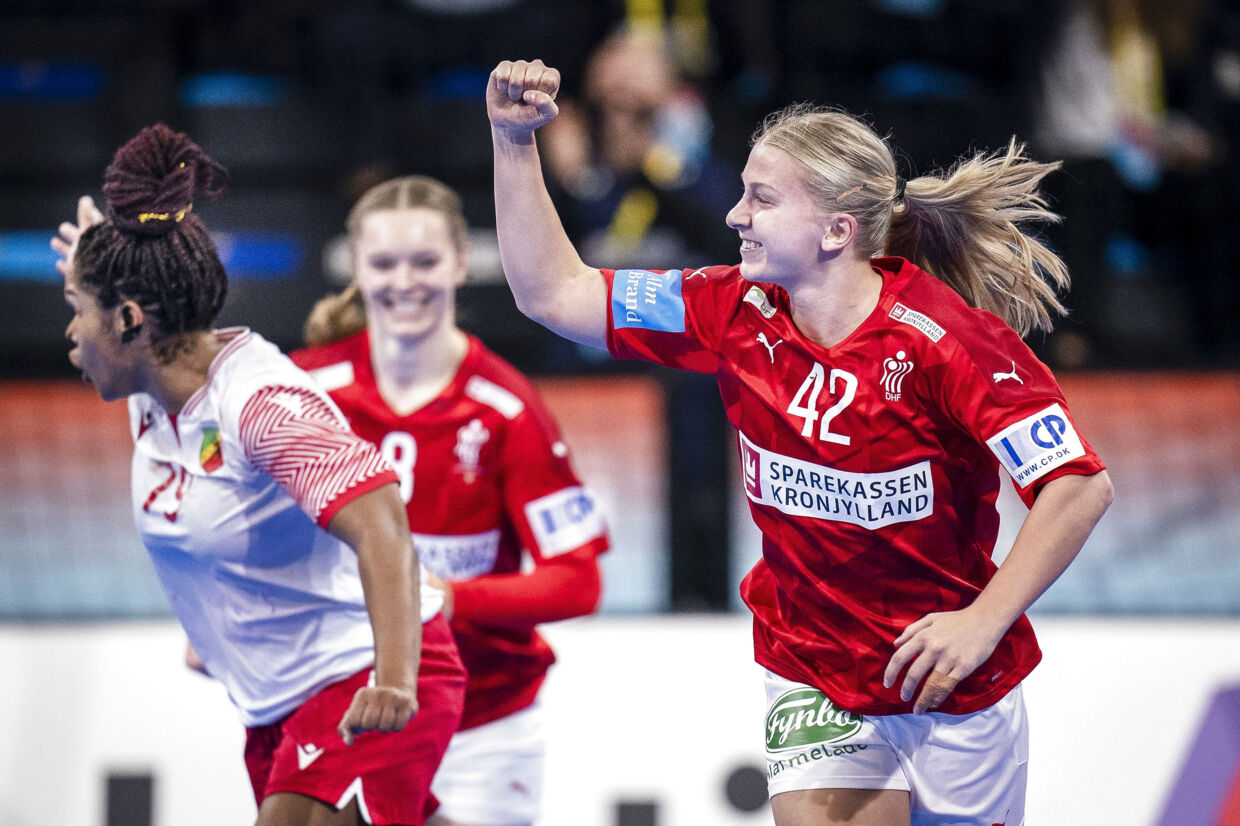Denmark - sport
When sport is repeatedly referred to as "Denmark's biggest folk movement", it is primarily due to the number of people participating in sport. More than one in two Danes participates in a sport, and membership in sports organisations is second only to the people's church.

But the nickname also refers to the fact that the association has been the dominant structure of sports life in Denmark since 1861 when the De Danske Skytteforeninger was formed. Rifle, gymnastics and sports associations formed a significant part of the popular movements that contributed to the building of Danish democracy around 1900.
The link between sport and national politics was strongest in the liberal peasant movement, where gymnastics was seen as a valuable means of personal liberation, both physical and spiritual. Lifestyle and posture were inextricably linked. The movement's external goal was achieved in 1920 when South Jutland was reunited with Denmark.
The labour movement and city dwellers also sought democratic training in the life of the association and the social and cultural educational value of sport. In the early 1900s rural gymnastics was most prevalent, while English sports such as football and tennis came to dominate the sporting landscape during the century.
The development of society after the Second World War long supported association sport. The welfare state gave the working population more free time, women were given a more independent and extrovert role in society, and there was a need to organise children's free time. Participation in sports grew vigorously, gyms sprang up all over the country and local volunteer sports leaders ensured that courts were filled and sports were offered at a professional level.
From the 1980s onwards a new trend broke through as other areas of society also saw an increased focus on the individual and a weakening of traditional communities. Private initiatives - from commercial fitness centres at one end of the spectrum to individual jogging in the woods at the other - challenged classic social life with tremendous force. The explosive growth of mobile platforms has also created new opportunities for organising and exercising in real and virtual communities, such as Endomondo, based in Denmark.
In addition, a new trend has emerged: politicians both in Denmark and the rest of the world are looking with increasing concern at the fact that economic growth and technological development have led to much more sedentary work with associated health risks. Regular physical activity of the individual citizen is essential to public health and the economy of society, and health policy considerations are now challenging cultural and social arguments to justify public support for the sport. Read more about this at ladanesa.com.
Despite new trends, social life is still strong among the Danish population and in public priorities. A good eight out of ten children and four out of ten adults over the age of 16 - more than 2.5 million Danes - are active members of sports associations. In addition, almost half a million adults have a voluntary unpaid trust position in one of the approx. 12,000 sports associations.

While associations are still strong among children and young people, the growth of Danish adult sports, however, has mainly taken place outside associations; outdoors on the streets and roads, indoors in gyms and swimming pools. Nature and public places are the most frequently used 'facilities' for adult sports because here the active can decide for themselves how often and how much they exercise and fit it into a busy daily life. In addition, up to 900,000 Danes are customers of commercial gyms, of which Fitness World is the largest chain. The number of clients and fitness centres has been growing steadily since commercial fitness and strength training really took off in the Danish market in the 1980s.
Thus, the list of the most popular sports in Denmark includes a combination of classic association sports such as football, swimming and gymnastics, individual sports such as running, hiking and cycling, and finally various fitness, strength training and yoga activities, which usually take up a lot of time and space in shopping centres.
The upheaval in the sports market over the last ten years has led to a mixture of sports and forms of organisation: today, for example, you can play football at commercial centres, take up sports at an association or take a yoga class at an evening school. Sports centres and municipalities also sometimes offer sports classes directly to citizens, bypassing associations.
Through Folkeoplysningsloven, sports associations receive financial support through subsidies, e.g. for members, special events and coach/leader training, and access to facilities. Municipalities' support of facilities, in particular, plays a major role in association sports, and since the first Leisure Act was passed in 1968, total municipal subsidies for sports have grown strongly, amounting to approximately DKK 3.7 billion in 2015. DKK
Denmark is among the absolute world leaders in terms of the number of sports halls in relation to the number of inhabitants. In 2013 there were 1,494 sports halls, 5,128 football fields and 2,536 sports halls (gyms, sports halls and halls up to 799 m2), 442 swimming pools (including water parks and outdoor pools) and 663 private gyms.
With the growing number of sports service providers in Denmark, new offerings of organised training and organised events are now emerging, some of which are short-lived and others which are long-term successes, especially running, crossfit and triathlon.
At the same time, new technologies and software have revolutionised the way we build communities, measure our own activity, compare ourselves with others and get inspired to be physically active. The rapid development poses challenges to traditional association organisations and offerings, including badminton and handball, which have faced membership problems in recent years.
Do you know the difference between tennis and padel tennis? Find out here!
E' possibile la ricerca attraverso il menu oppure direttamente selezionando la regione o la nazione desiderata sulle mappe.
Per ogni diving sono disponibile le informazioni dettagliate cliccando sul link del nome.
Utilizza le intestazioni delle colonne per riordinare i risultati.
Buona continuazione.